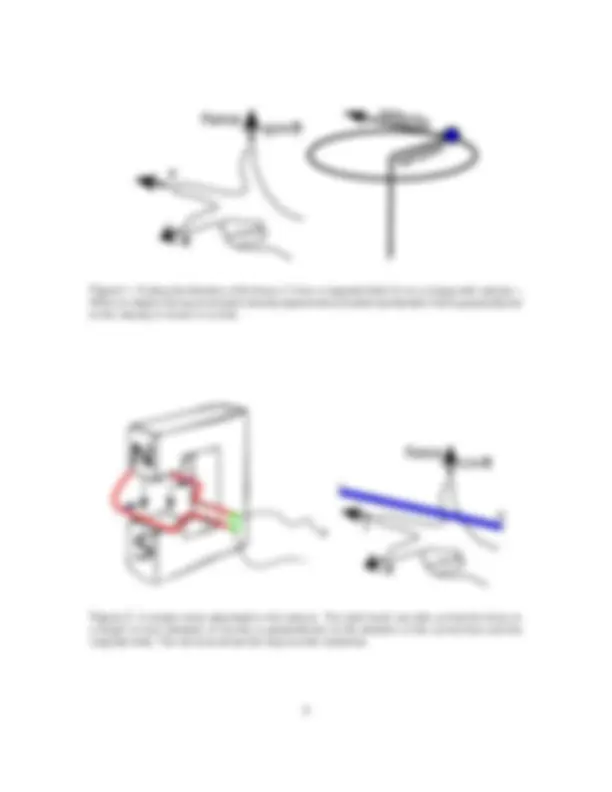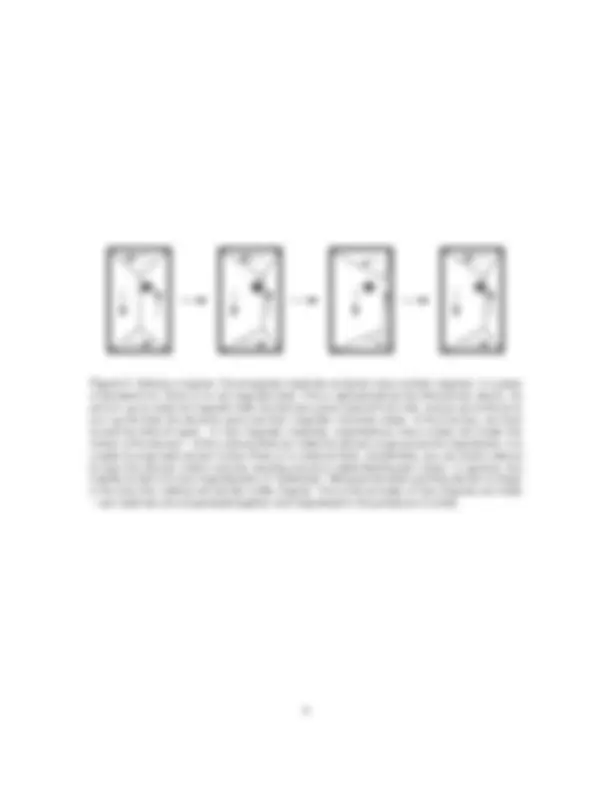




Study with the several resources on Docsity

Earn points by helping other students or get them with a premium plan


Prepare for your exams
Study with the several resources on Docsity

Earn points to download
Earn points by helping other students or get them with a premium plan
Community
Ask the community for help and clear up your study doubts
Discover the best universities in your country according to Docsity users
Free resources
Download our free guides on studying techniques, anxiety management strategies, and thesis advice from Docsity tutors
Introduction and Motors, Consumption Energy Scales, Lorentz Force, Ferromagnetic, Hysteresis, Barkhausen Noise, The Physics of Energy Devices, Lecture Notes, Physics, Eric R. Switzer, University of Toronto, Canada.
Typology: Study notes
1 / 4

This page cannot be seen from the preview
Don't miss anything!



Lecture outline:
Image sources: Fig. 1 (left), 2 (right) Hand derived from http://en.wikipedia.org/wiki/File:Right_hand_rule_cross_product.svg. Fig. 2 (left) Motor shape suggested by http://sol.sci.uop.edu/˜jfalward/physics17/chapter9/chapter9.html.
Figure 3: Making a magnet. Ferromagnetic materials comprise many smaller magnets. In a piece of standard iron, there is no net magnetic field. This is represented by the leftmost box above. As we turn up an external magnetic field, the domains grow (second from left), and as we continue to turn up the field, the domains grow and their magnetic moments rotate. In the final box, we have turned the field off again. In real magnetic materials, imperfections (here a blob) will hinder the motion of the domain – while a strong field can make the domain snap across the imperfection, it is unable to snap back across it when there is no external field. (Incidentally, you can build a device to hear this domain motion and the resulting sound is called Barkhausen noise.) In general, this inability to return to zero magnetization is “hysteresis”. Because the down-pointing domain is larger in the end, this material will act like a little magnet. This is the principle of how magnets are made